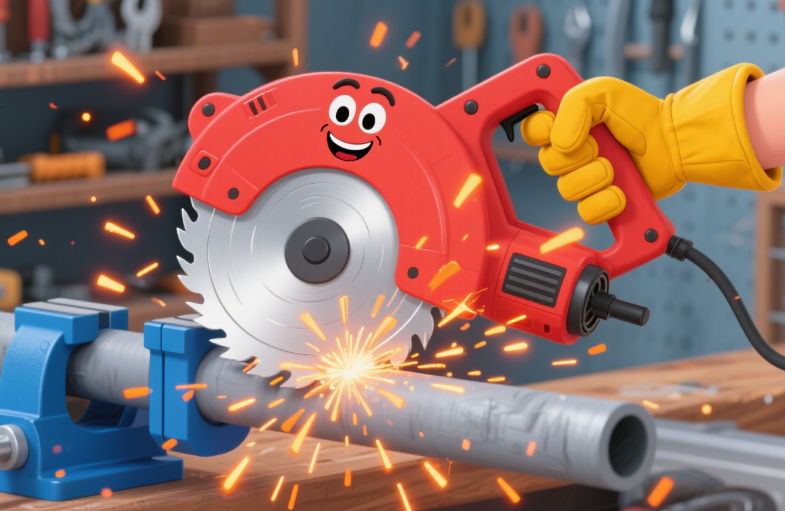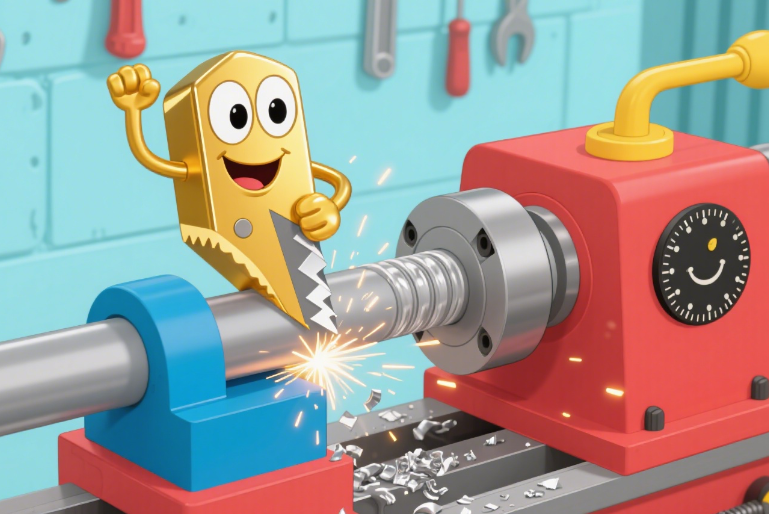Turning Tools in Hardware: Essential Products, Uses & Applications

In the realm of metalworking, turning tools are the cornerstone of transforming raw materials into precise, functional components. Whether crafting a tiny precision part or a large industrial component, the right turning tool dictates the quality, efficiency, and accuracy of the final product. This blog delves into key turning tools, exploring their specifications, usage methods, primary applications, and real-world scenarios.
1. Inserts: Versatile Cutting Workhorses
Inserts are replaceable cutting tips crafted from hard materials like carbide, ceramic, or cermet. Designed to be mounted on tool holders, they offer flexibility and cost-effectiveness by enabling replacement without discarding the entire tool.
Carbide Inserts
Renowned for their hardness and heat resistance, carbide inserts are the most prevalent type, ideal for machining a wide array of materials.
- Usage: Inserts are clamped into a tool holder via screws or clips, with their cutting edge exposed. The tool is positioned against the rotating workpiece (in a lathe or milling machine), and the insert removes material upon contact. Inserts come in diverse shapes (square, triangular, round) and with various coatings (TiN, TiCN) to suit specific materials such as steel, aluminum, or cast iron.
- Applications: Turning cylindrical parts, facing (creating flat surfaces on the end of a workpiece), threading, and grooving in industries like automotive, aerospace, and manufacturing.

2. Milling Cutters: Precision Surface Shaping
Milling cutters are rotary cutting tools used to remove material from a workpiece by advancing into it. They come in various shapes to create different profiles, slots, and surfaces.
End Mills
End mills are the most versatile milling cutters, featuring cutting edges on both the end and the sides.
- Usage: Mounted in a milling machine spindle, end mills rotate at high speeds while the workpiece is fed into them (or vice versa). They can cut horizontally (side milling) or vertically (face milling) to create flat surfaces, slots, pockets, or contours.
- Applications: Machining slots in engine blocks, creating 3D contours in mold making, or finishing flat surfaces on metal plates.

Face Mills
Specifically designed for face milling, these cutters have multiple inserts arranged on a large diameter to cover wide surfaces.
- Usage: The face mill is mounted vertically, and its rotating inserts sweep across the workpiece to create a flat, smooth surface. They are often used for large workpieces where speed and efficiency are paramount.
- Applications: Finishing the top surface of a steel plate, preparing workpieces for further machining, or creating flat mating surfaces for assemblies.

3. Tool Holders: Stability Backbone
Tool holders are essential components that secure cutting tools (like inserts or end mills) to the machine spindle or turret, ensuring stability, precision, and proper alignment during machining.
- Usage: Tool holders are designed to match specific machine interfaces (e.g., CAT, BT, HSK) and tool types. Inserts or cutters are clamped into the holder using set screws or collets, and the holder is then locked into the machine. Proper installation is critical to prevent vibration, which can damage the tool or workpiece.
- Applications: Holding carbide inserts in lathes, securing end mills in milling machines, or supporting drills in CNC machining centers.

4. Saw Blades: Efficient Material Cutting
Saw blades are circular or reciprocating tools with sharp teeth designed to cut through metal, wood, or plastic. In metalworking, abrasive or carbide-tipped saw blades are commonly used.
Carbide-Tipped Circular Saw Blades
These blades have carbide teeth brazed onto a steel disc, combining durability with cutting speed.
- Usage: Mounted on a circular saw or bandsaw, the blade rotates at high speed, and the workpiece is fed into it. The carbide teeth slice through the material, with tooth geometry (number, angle, spacing) optimized for specific materials—finer teeth for thin metal, coarser teeth for thick stock.
- Applications: Cutting metal bars into shorter lengths, slicing pipes to size, or trimming structural steel in construction.

Bandsaw Blades
Long, flexible blades with teeth along one edge, mounted on a bandsaw machine for continuous cutting.
- Usage: The bandsaw blade forms a loop between two wheels, rotating to cut through the workpiece, which is held in a vice. They are ideal for cutting irregular shapes or thick materials.
- Applications: Cutting curved shapes in metal sheets, resizing large metal blocks, or producing precise lengths of bar stock.

Choosing the Right Turning Tool
Selecting the right tool depends on the material, operation, and machine type:
- Use carbide inserts for versatile turning, threading, and grooving in metal.
- Opt for end mills for 3D contouring and slotting; face mills for large flat surfaces.
- Ensure tool holders match your machine interface and tool type for stability.
- Choose carbide-tipped saw blades for fast metal cutting; bandsaw blades for shapes and thick stock.
By understanding the strengths of each tool, machinists and fabricators can achieve precise, efficient results, turning raw materials into high-quality components.




